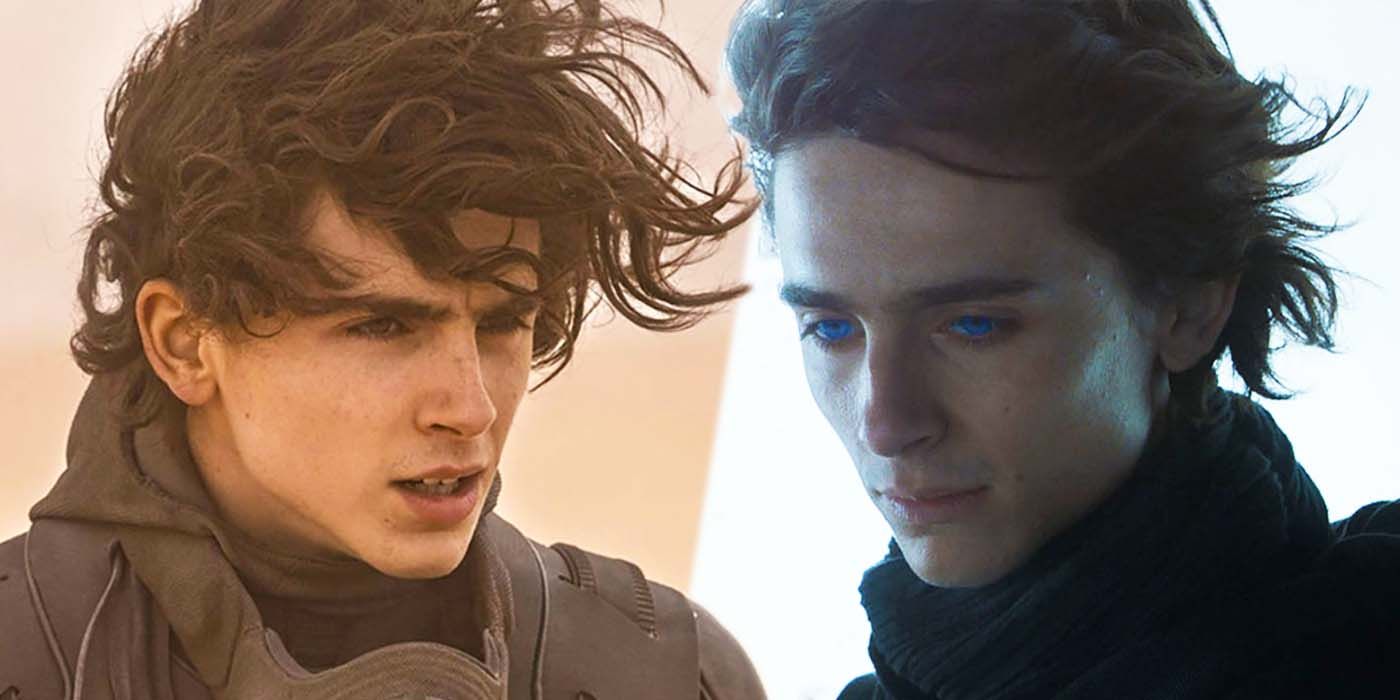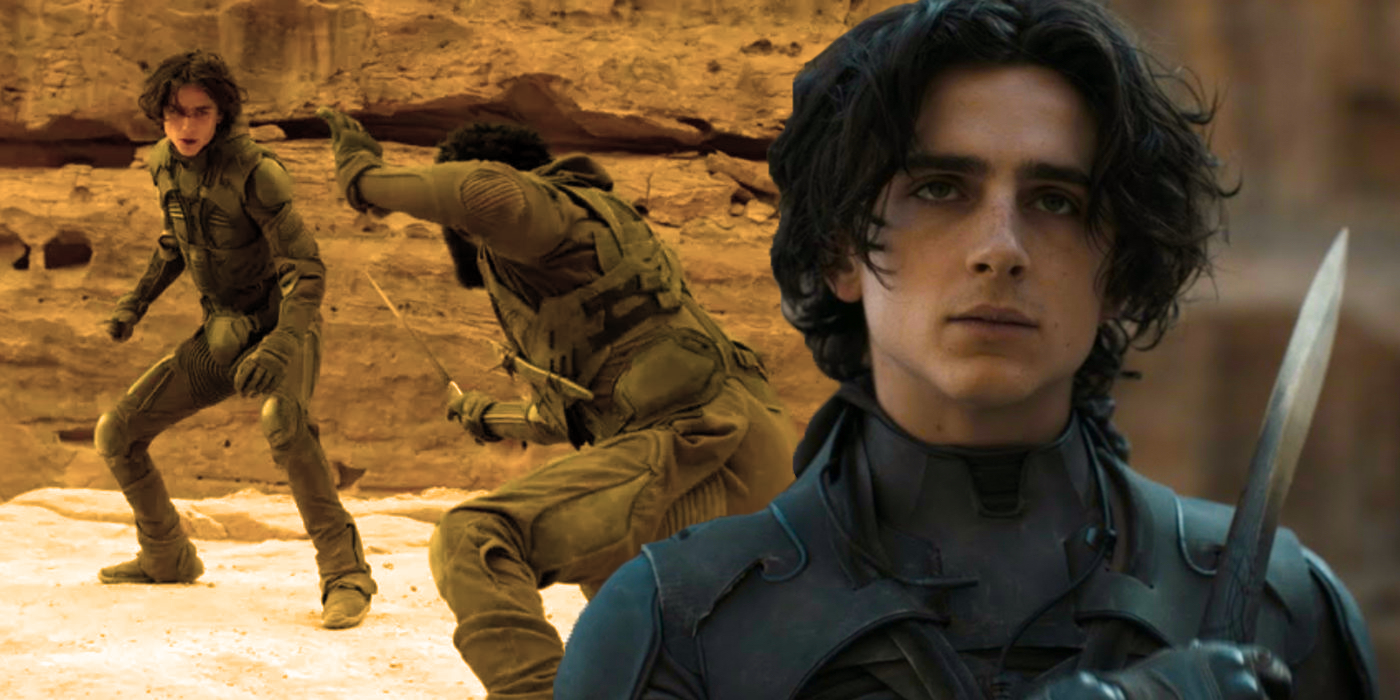Paul Atreides (Timothée Chalamet) has many prescient dreams and visions in Dune, but not all of them end up coming true. The nature of his foresight is explained in the film in bits and pieces, but it’s gone into in far more detail in Frank Herbert’s original novel. While not every vision and event from the Dune books translates directly into Denis Villeneuve’s movie, a better understanding of Paul’s powers in the context of the novel helps explain why some of his visions simply don’t come true.
At the very start of Dune, it’s mentioned that Paul has dreams and visions that usually come true. He confesses this fact to the Bene Gesserit Reverend Mother, and it’s shown on several different occasions. In the novel, Paul’s Bene Gesserit training, preexisting prescience, and Mentat mental capabilities are all triggered in unison by his exposure to the spice Melange on Arrakis, leading to a powerful -- and baffling -- scene of his true powers awakening while he hides in a tent in the desert with his mother. While that scene is recreated beautifully in the Dune movie, it leaves out some important details about how Paul’s visions actually work.
In the novel, Paul’s visions are described as being incomplete. At one point, Herbert explains his prescience as being like a person descending into a valley, where things directly in front of and around him are visible, but where much remains hidden. In Dune, Paul's vision powers let him see possible futures – likely outcomes to different decisions – but not concrete outcomes. What more, like any cryptic image, these visions can be interpreted in various ways, meaning that when they do manifest, it might not be in the way he originally anticipated.
One great instance of this is when Paul fights the Fremen Jamis, who challenges him to a death duel. In an earlier vision, Paul saw Jamis as a friend – someone who promised to teach Paul the ways of the desert. That scene never transpires in the real world of Dune, but it could be argued that, by forcing Paul to take his first life, Jamis did in fact show him the true, hard, violent nature of the desert of Arrakis.
Paul’s Dune powers and abilities don’t always make perfectly clear sense, but that’s by design. He sees possible futures, but not everything he sees comes true, and not everything that comes true happens according to his dreams. Plus, some of his visions are of events incredibly far in the future, which is part of why they don’t take place in the world of the movie. With Dune 2 officially on the way, there will be many more opportunities for Paul’s powers to be tested. It should be interesting to see where Paul’s dreams and visions lead him, and how close they remain to the story of the books, as the Dune film franchise moves forward.


